-
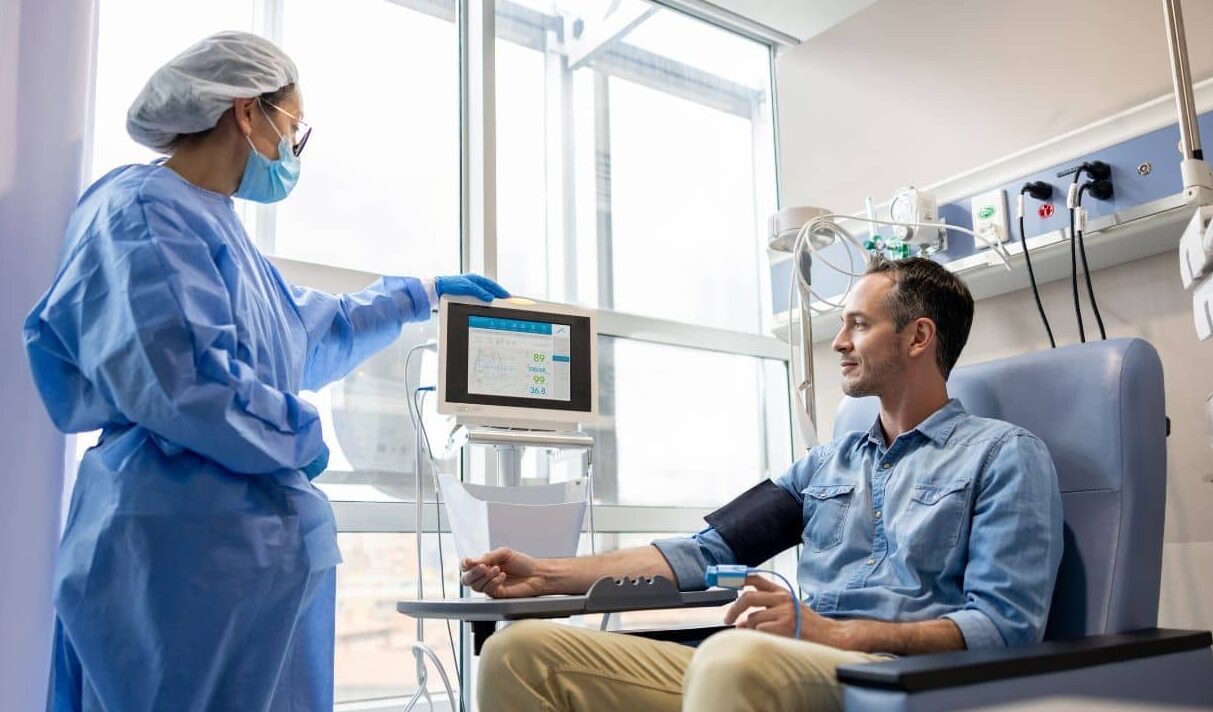 News
When glucose levels are low, chemotherapy ceases to affect cancer cells
News
When glucose levels are low, chemotherapy ceases to affect cancer cells
-
 News
Excessive treatment of prostate cancer in older men may reduce quality of life without increasing its duration
News
Excessive treatment of prostate cancer in older men may reduce quality of life without increasing its duration
-
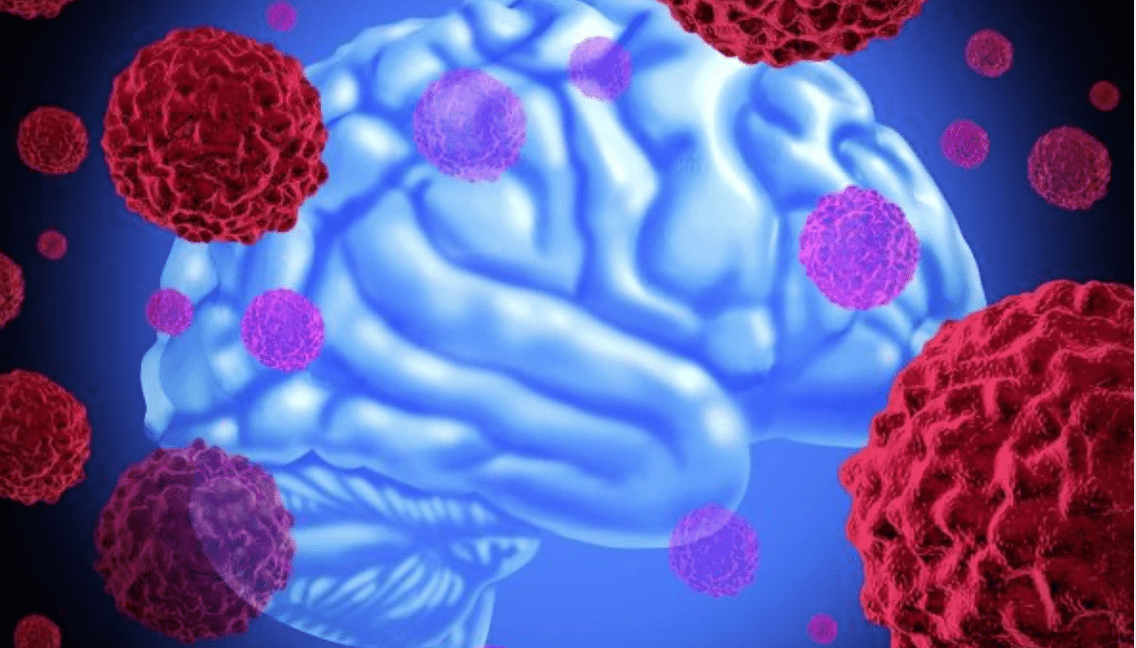 News
Brain cancer can be cured by viruses
News
Brain cancer can be cured by viruses
-
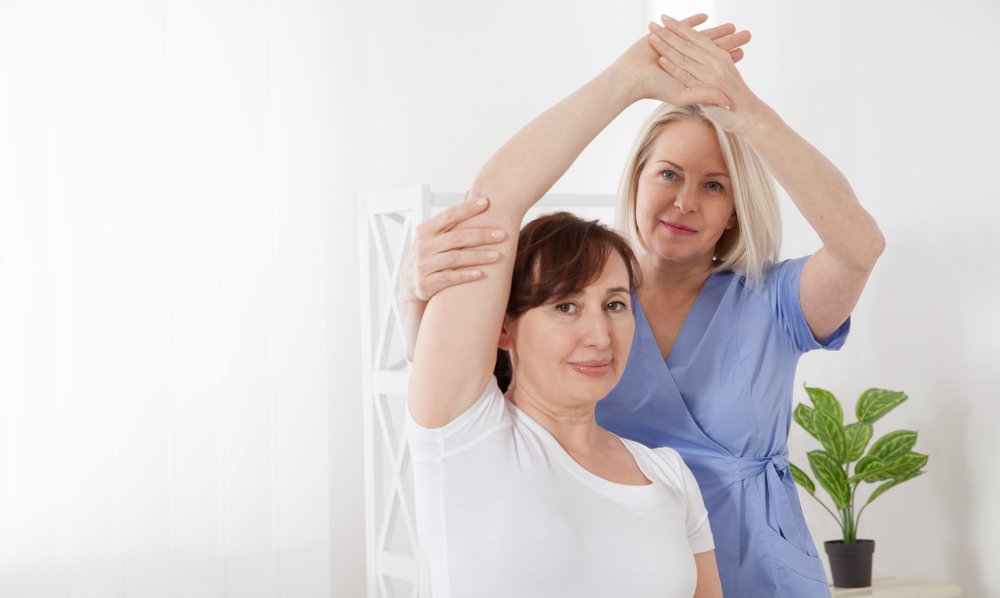 News
Ways to reduce lymphatic pain in breast cancer have been found
News
Ways to reduce lymphatic pain in breast cancer have been found
-
 News
Scientists have turned bacteria into a powerful weapon against cancer
News
Scientists have turned bacteria into a powerful weapon against cancer
All news
Rehabilitation after spinal cord injury treatment
Spinal cord injury is a pathology that occurs as a result of an injury, oncological or neurodegenerative disease and leads to
- A violation of the functions of the spinal cord,
- Reduced sensitivity and accuracy of movements,
- Weakness of the limbs,
- Complete loss of sensation and functioning of certain areas of the body
Every year, 250,000 to 500,000 people suffer spinal cord injuries.
According to the WHO, patients with spinal cord injuries have a 2-5-fold higher risk of death from any disease.
Up to a third of patients suffer from depressive disorders due to the loss of their usual lifestyle, opportunities for professional self-realization and pain syndrome.
An important feature of this type of injury is that the violation of the body`s functions depends on the level of injury. The nerves that are responsible for the work of certain organs are located at the level of the corresponding vertebrae. At the same time, the nerve fibers are not isolated from each other, but merge into single bundles (conducting pathways), so damage to such a bundle disrupts all functions at the level of damage and below.
MedTour patients recommend clinics for the treatment of rehabilitation after spinal cord injury:
Doctors for the treatment of rehabilitation after spinal cord injury
Patient reviews
Frequently Asked Questions
- Spinal cord concussion,
- Spinal cord injury,
- Compression of the spinal cord,
- Rupture of the spinal cord or spinal roots,
- Spondidoptosis,
- Intervertebral disc rupture
- Group A-all functions below the damage site are completely lost, there is no sensitivity at all,
- Group B-functional ability below the level of damage is absent, but sensitivity is fully or partially preserved,
- Group C — preserved motor function with muscle strength not exceeding 3 points on the MRC scale,
- Group D-motor function of the muscles is rated above 3 points, but there are neurological defects,
- Group E — normal functioning of the spinal cord
- Bedsores,
- Contractures,
- Loss of control over the functions of the bladder and rectum,
- Deep vein thrombosis,
- Pneumonia,
- Shortness of breath,
- Reduced immunity,
- Coronary heart disease,
- Chronic pain
- Technical equipment with the use of special computer systems that increase the effectiveness of rehabilitation, such as Vector Gait, Anti-Gravity Treadmill, ArmTutor,
- Multidisciplinary approach involving a large number of specialists to provide physical rehabilitation, psychological rehabilitation and adaptation to new conditions,
- The presence of large rehabilitation centers that specialize exclusively in this problem and have their own scientific schools of rehabilitation
What doctors are needed for successful rehabilitation
- Neurologist,
- Rehabilitation specialist,
- Physical therapist,
- An erotic therapist is a doctor who directly helps the patient cope with everyday tasks, selects adapted cutlery and kitchen appliances,
- Psychologist,
- Neuropsychologist,
- A specialist in swallowing — is needed if a gastrostomy has been established or there has been a violation of swallowing for other reasons,
- Neurologist,
- Specialists who care for the patient during rehabilitation
What are the features of rehabilitation after spinal injury
- The patient’s condition is evaluated on special scales — the most common FIM, after which a rehabilitation plan is drawn up,
- You need exercises for proper positioning in bed and in a wheelchair, breathing exercises-
they serve as a prevention of congestion in the lungs, - It is necessary to provide conditions for avoiding long-term passive positions — to reduce the
risk of thrombosis and congestive pneumonia
How is the rehabilitation after spinal cord injuries abroad
The patient’s condition is assessed according to the Bartel index, a scale that shows the patient`s activity and the patient`s need for care.
- The indicator from 0 to 20 points corresponds to a complete dependence,
- From 21 points to 60 points-pronounced dependence,
- From 61 to 90 points — moderate dependence,
- From 91 to 99 points — easy addiction in everyday life
For patients who are undergoing full rehabilitation, the program is as follows:
- Phase A-rehabilitation in the intensive care unit or intensive care unit (takes place in the acute period of the disease or the need for oxygen, the presence of a tracheostomy).
- Phase B-rehabilitation in patients with a Bartel index of less than 25 points, but without the need for intensive care. He takes place in a hospital, most of the rehabilitation consists of breathing exercises and exercises with the help of adapted shoes and special computer systems, classes on functional beds.
- Phase C-rehabilitation in patients with a Bartel index of 26 −65 points. In this case, exercises for gait, training of fine motor skills, prevention and relief of pain are of great importance.
Experienced psychologists and occupational therapists help you adapt to social life. Some patients may go through this stage partially on an outpatient basis. - Phase D-rehabilitation in patients with the Bartel index of 66-100 points. It takes courses or remotely, depending on the needs of the patient. Most often, it is aimed at preventing pain and restoring movement in the joints and limbs, as well as working with social educators and psychotherapists.
Of course, not all patients enter the rehabilitation program being completely unable to serve themselves, and not all restore their functional abilities to 100 points. However, after a large number of spinal cord injuries, vertebral prostheses and neurosurgical operations, with timely treatment, the function can be restored completely.
Published:
Updated:


Information on this webpage verified by the medical expert

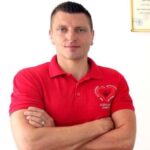
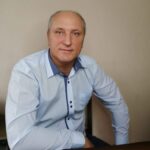
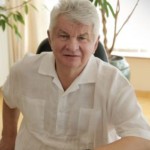





I want to seratonine testing on-site and neurofeedback diagnostics and meet the doctor.